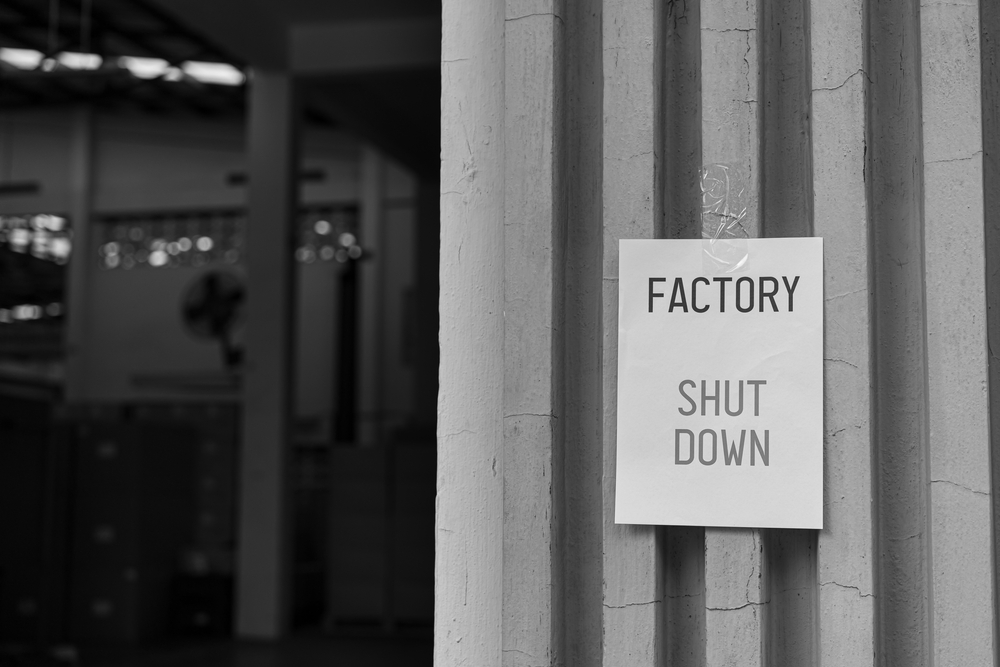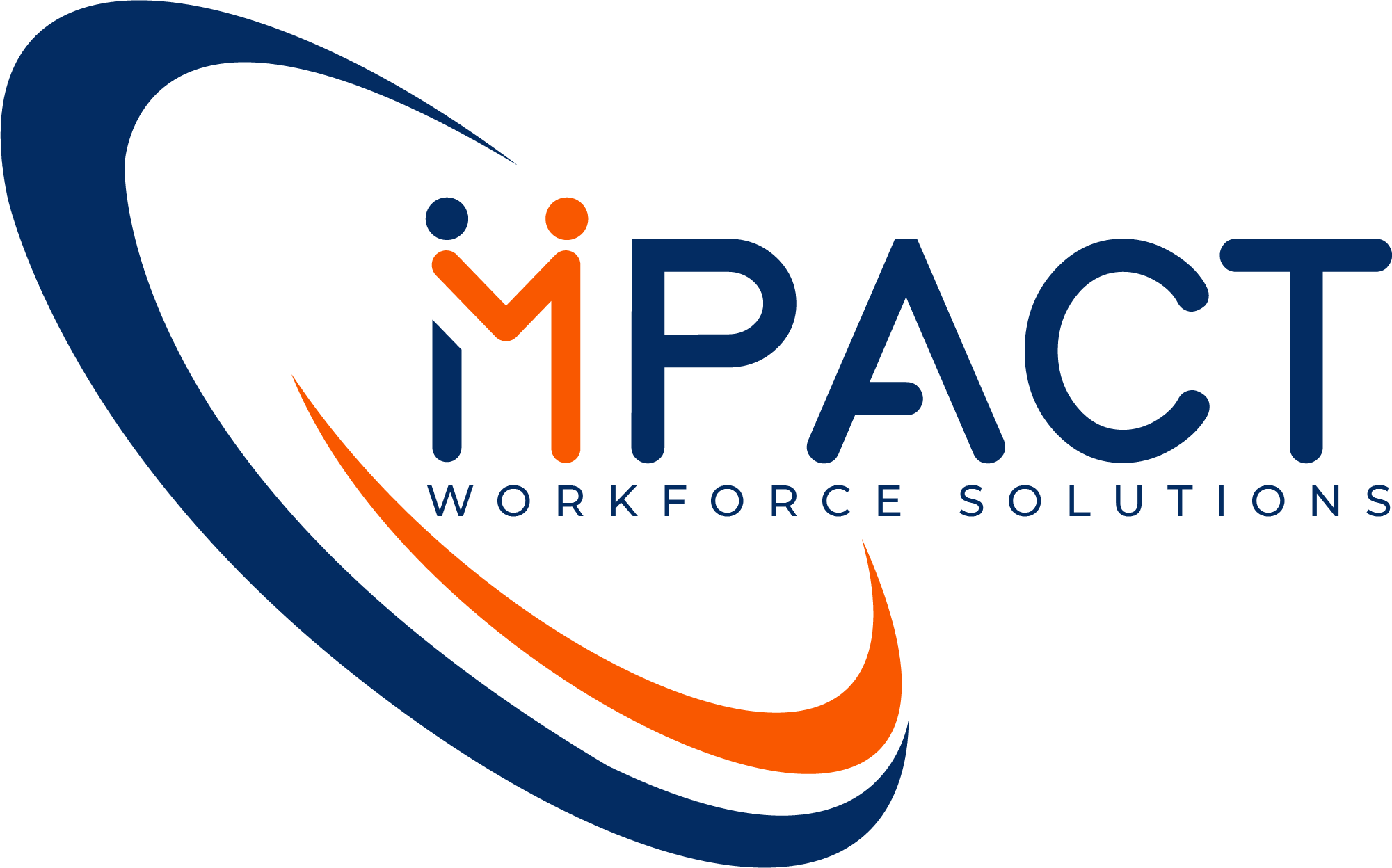
Employee churn — the cycle of hiring, training, and losing employees — costs U.S. businesses roughly $1 trillion annually. This is more than a simple HR headache. It’s a costly operational inefficiency that ripples through every corner of a business. From direct expenses like recruitment and training to indirect losses in productivity, morale, and customer satisfaction, employee churn can quietly derail even the most robust workforce strategies.
To address churn effectively, businesses need to understand its full financial and operational impact. Let’s unpack the overlooked costs of employee churn and provide actionable insights for mitigating its effects.
Direct costs of employee churn
When an employee leaves, the immediate financial burden is significant.
- Recruitment costs: These include advertising the position, agency fees, and internal HR time spent screening, interviewing, and onboarding candidates.
- Training expenses: New hires require training to reach full productivity, often involving dedicated trainers, resources, and lost productivity from other employees.
- Temporary coverage: Reallocating existing employees to cover gaps adds to labor costs and strains operations.
Industry benchmarks estimate the cost of replacing an employee can range from 50% to 200% of their annual salary, depending on the role’s complexity and seniority. For roles requiring specialized skills, the upper end of this range is more common, especially in sectors like manufacturing, IT, and healthcare.
Indirect costs of employee churn
While direct costs are measurable, the indirect costs of employee churn often have a more profound impact:
- Lost productivity: New hires typically take three to six months to reach the same productivity levels as their predecessors, creating a temporary drop in output.
- Knowledge drain: Departing employees take institutional knowledge with them, impacting team efficiency and decision-making.
- Team morale: High turnover rates create instability, leading to disengagement and burnout among remaining employees.
- Customer experience: Frequent turnover in customer-facing roles can result in inconsistent service, eroding trust and loyalty.
Every time an employee leaves, their absence disrupts workflows and forces teams to adjust. Imagine the ripple effect in a manufacturing facility where a skilled operator departs, or in a contact center where a seasoned agent leaves during a peak season. The gaps they leave behind translate to lost opportunities, diminished team cohesion, and setbacks in achieving strategic goals. These indirect costs often compound over time, creating a cycle of inefficiency and disengagement that can destabilize the broader organization.

Operational and strategic impacts of high employee churn
Employee churn isn’t just a workforce issue — it’s a business strategy issue. High churn rates can undermine long-term goals in several ways:
- Disrupted operations: Frequent turnover creates bottlenecks, delays, and increased error rates, particularly in high-demand environments like call centers and distribution centers.
- Eroded employer brand: Companies with high churn rates struggle to attract top talent, as they gain a reputation for instability and poor employee experience.
- Increased risk exposure: Compliance gaps, safety incidents, and quality control issues can arise in workplaces with high turnover, as new employees may not be fully trained or aligned with company policies.
Organizations that fail to address churn risk falling behind competitors who prioritize retention and workforce stability. Addressing churn requires looking beyond HR metrics to understand its strategic implications across all departments. When operations managers face high churn, they’re not just losing workers; they’re losing momentum.
Strategic solutions to minimize employee churn
Reducing employee churn requires a multifaceted approach that addresses both systemic issues and individual employee needs.
- Enhancing onboarding programs: Effective onboarding reduces the likelihood of early turnover by integrating new hires into company culture and equipping them with the tools they need to succeed.
- Competitive compensation and benefits: Offering market-aligned pay, comprehensive benefits, and performance-based incentives can significantly improve retention.
- Career development opportunities: Providing clear pathways for advancement, upskilling, and cross-training fosters loyalty and engagement.
- Data-driven workforce analytics: Robust business intelligence and workforce analytics deliver real-time insights into employee engagement, turnover trends, and retention drivers, enabling proactive interventions.
- Building a positive work culture: Transparent communication, recognition programs, and inclusivity initiatives create an environment where employees feel valued and connected to organizational goals.
It’s not enough to focus on reactive solutions. Businesses need to take a proactive approach, leveraging workforce data to anticipate trends and make informed decisions.

How Impact Workforce Solutions tackles employee churn
At Impact Workforce Solutions, we recognize that tackling employee churn requires a combination of innovative strategies and hands-on expertise. Our comprehensive solutions are designed to address churn from every angle, ensuring your workforce is not only stable but also engaged and productive.
- Core2 model: Our Core2 staff augmentation program is tailored to integrate seamlessly with your existing workforce, bridging skill gaps and providing flexible solutions that align with operational needs. Unlike traditional staffing models, Core2 emphasizes retention by offering contingent workers benefits like health insurance and retirement plans, fostering loyalty and reducing turnover.
- On-site management: Our on-site operations managers work directly with your teams, ensuring smooth communication, alignment with company culture, and proactive problem-solving. By having a dedicated manager present, we help mitigate the disruptions that often accompany high turnover, ensuring day-to-day operations remain efficient and productive.
- Industry expertise: With decades of experience across manufacturing, call centers, and distribution, Impact brings unparalleled expertise to the table. We analyze your unique workforce challenges, using data-driven insights to craft tailored strategies that reduce churn and enhance workforce stability. From direct sourcing to workforce analytics, our solutions are designed to deliver measurable results.
By combining these elements, Impact Workforce Solutions helps businesses turn the tide on employee churn.
Partner with Impact to reduce employee churn — and labor costs
Understanding the true costs of employee churn is the first step toward creating a more stable, productive, and profitable workforce. At Impact Workforce Solutions, we specialize in tailored workforce strategies that enhance retention, reduce turnover, and optimize labor costs. Whether through contingent staffing, direct sourcing, or advanced analytics, we help businesses address churn head-on.
